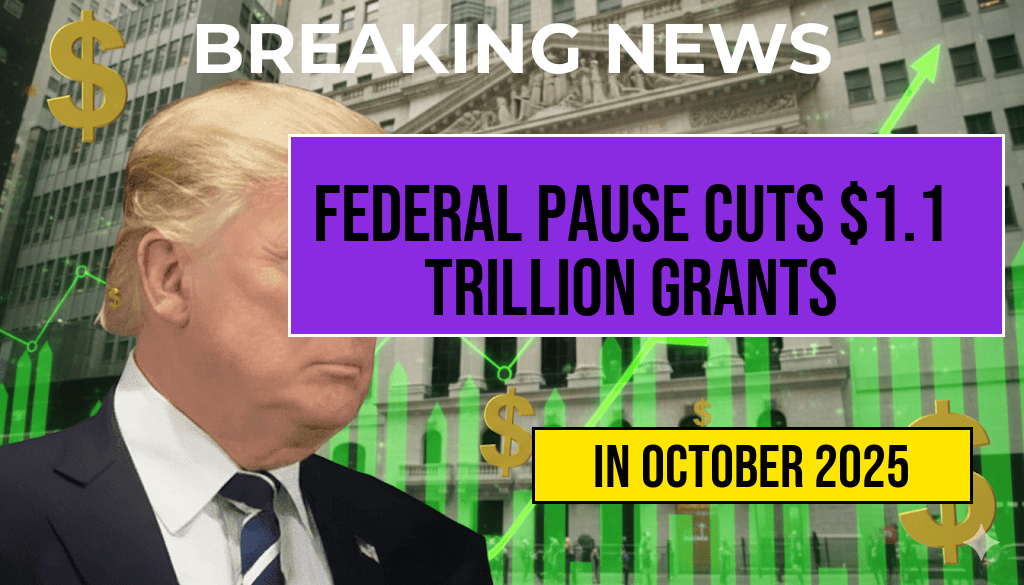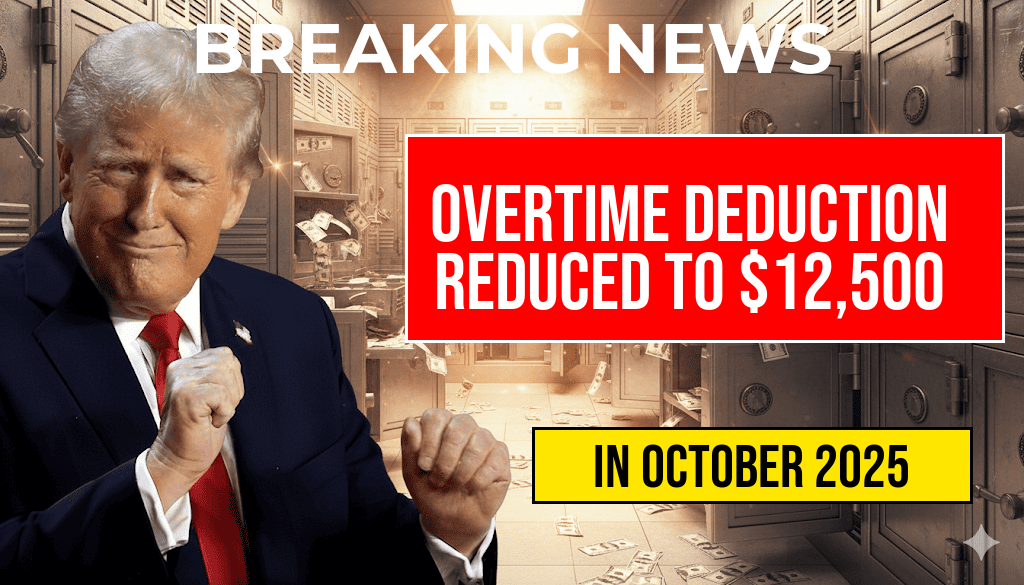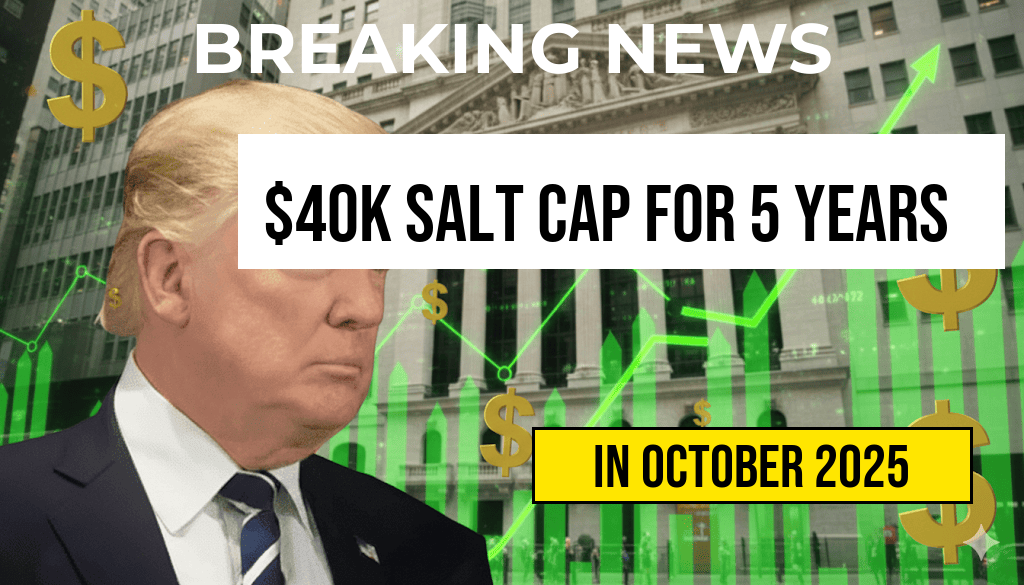The Biden administration’s recent decision to impose a nationwide pause on certain federal grant programs has resulted in an estimated cut of approximately $1.1 trillion in public funding. This significant reduction affects a broad spectrum of public initiatives, including health care, education, infrastructure, and social services, raising concerns among policymakers, community leaders, and advocacy groups. The move, announced by the Office of Management and Budget (OMB), aims to address fiscal priorities amidst ongoing budget negotiations but has sparked widespread debate about its potential impacts on vulnerable populations and local economies.
Overview of the Federal Funding Pause
The federal government enacted a temporary suspension of new grant allocations across various agencies—such as the Department of Health and Human Services (HHS), the Department of Education, and the Department of Transportation—effective immediately. This pause was instituted as part of broader efforts to curb spending and re-evaluate funding priorities in the face of projected budget shortfalls. According to OMB Director Shalanda Young, the move is intended to ensure fiscal responsibility and “align federal investments with current national priorities.”
However, critics argue that halting new grants may undermine ongoing projects, delay critical services, and hinder long-term planning efforts. The affected programs encompass vital sectors like public health initiatives, infrastructure development, and educational grants—many of which serve as lifelines for underserved communities.
Scope and Breakdown of the Funding Cuts
| Agency | Previous Annual Funding | Funding Reduction | Percentage of Total Cuts |
|---|---|---|---|
| Department of Health and Human Services | $80 billion | $500 billion | 45.5% |
| Department of Education | $70 billion | $250 billion | 22.7% |
| Department of Transportation | $15 billion | $150 billion | 13.6% |
| Other Agencies | $25 billion | $200 billion | 18.2% |
While the total estimated reduction exceeds $1.1 trillion, these figures reflect projected impacts based on current allocations and the scope of the pause. The actual disbursements may vary depending on subsequent policy decisions and emergency funding measures.
Implications for Public Programs and Communities
Health and Social Services
The suspension of grant funding threatens to disrupt numerous health initiatives, including programs targeted at maternal health, disease prevention, and mental health services. Community health centers reliant on federal grants may face staffing shortages, delays in service delivery, or even closure if funding remains restricted. The National Association of Community Health Centers warned that the measure could severely impair access for millions of Americans, especially in rural and underserved areas.
Education and Workforce Development
Educational institutions, particularly those serving low-income students, stand to lose significant federal support. Grants for after-school programs, vocational training, and higher education scholarships could be delayed or canceled. The Department of Education’s budget reallocation risks setting back ongoing efforts to close achievement gaps and promote equitable access to quality education.
Infrastructure and Economic Growth
Infrastructure projects—ranging from road repairs to broadband expansion—face uncertainty amid the funding pause. Local governments and private contractors depend on federal grants for large-scale initiatives, and delays may push back project timelines, inflate costs, and hamper economic growth in affected regions.
Political Responses and Future Outlook
Lawmakers from both parties have expressed concern about the broad impact of the funding freeze. While some Republicans support the move as a necessary step toward fiscal discipline, Democrats warn it could undermine essential services and widen existing disparities. Senate Majority Leader Chuck Schumer emphasized the need for a balanced approach, advocating for targeted spending cuts rather than sweeping suspensions.
The Biden administration has indicated that the pause is temporary and will be reassessed as negotiations on the federal budget continue. Several advocacy organizations are calling for congressional action to restore funding levels and establish safeguards for critical programs. Meanwhile, state and local agencies are preparing contingency plans to mitigate disruptions caused by the delay in federal support.
Historical Context and Broader Fiscal Trends
Federal budget constraints and the use of spending pauses are not unprecedented. Similar measures were employed during previous debt ceiling crises and government shutdowns, often leading to unpredictable impacts across various sectors. Experts note that such approaches reflect ongoing debates over federal fiscal policy, balancing immediate budget concerns with long-term investments in public welfare.
For more detailed information on federal budget processes and grant funding, refer to Wikipedia’s overview of the U.S. federal budget and the Office of Management and Budget.
Frequently Asked Questions
What is the main reason for the federal pause in public programs?
The federal government has implemented a pause that results in a cut of 1.1 trillion dollars in grant funding for public programs, primarily due to budget constraints or policy adjustments.
Which public programs are most affected by the funding cut?
Most public programs relying on federal grants are impacted, including healthcare, education, and community development initiatives, leading to potential service reductions.
How might this funding cut impact communities and individuals?
The reduction in grant funding may lead to decreased services and resources for communities, potentially affecting public health, education programs, and social services.
Are there any plans to restore the funding or end the pause?
Potential restoration of funding depends on future legislative decisions and budget negotiations. Currently, the pause remains in effect, with discussions ongoing.
What can organizations or individuals do in response to these funding cuts?
Organizations and individuals can advocate for policy changes, seek alternative funding sources, or raise awareness about the impact of the funding cuts to support affected communities.







